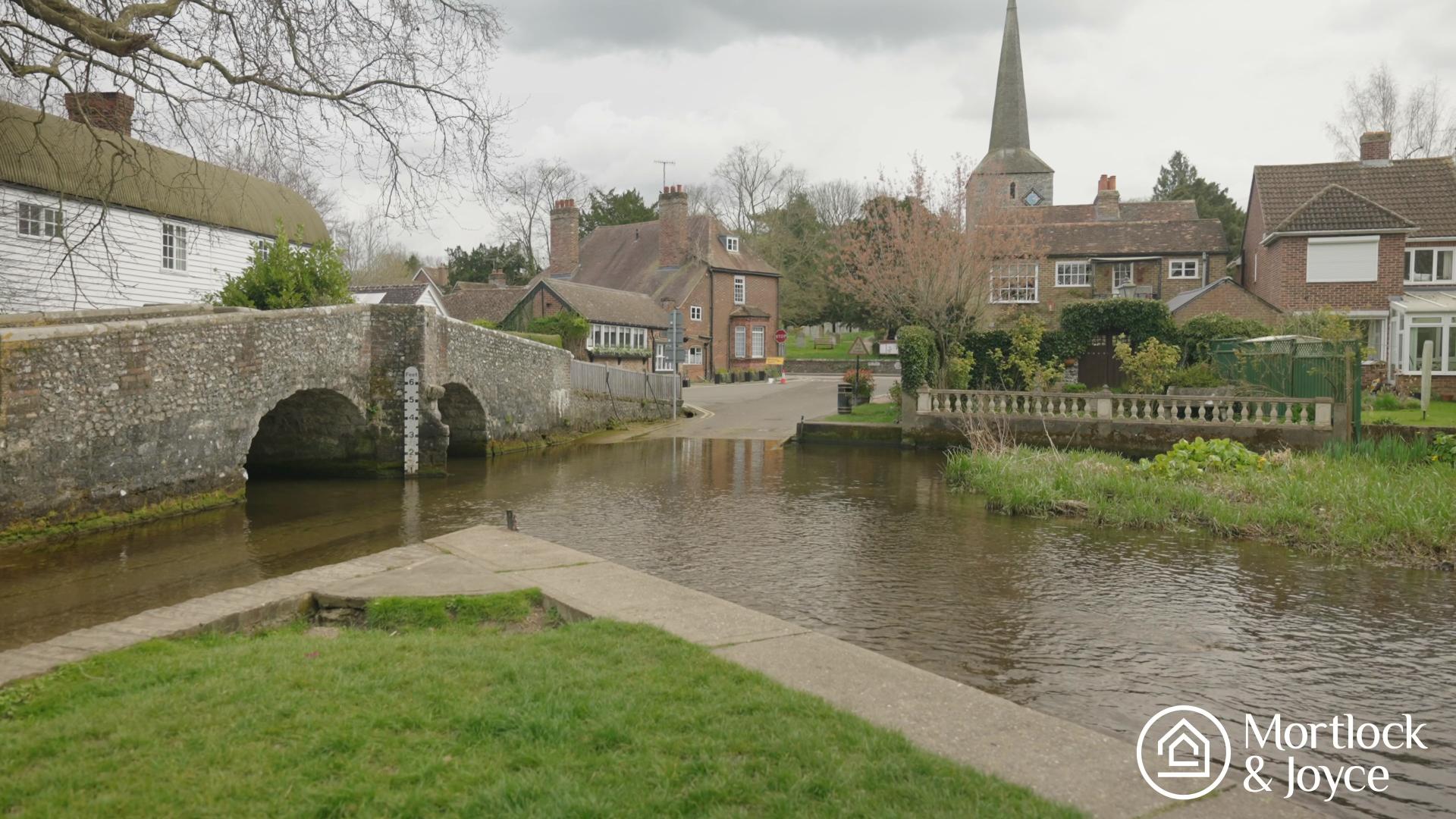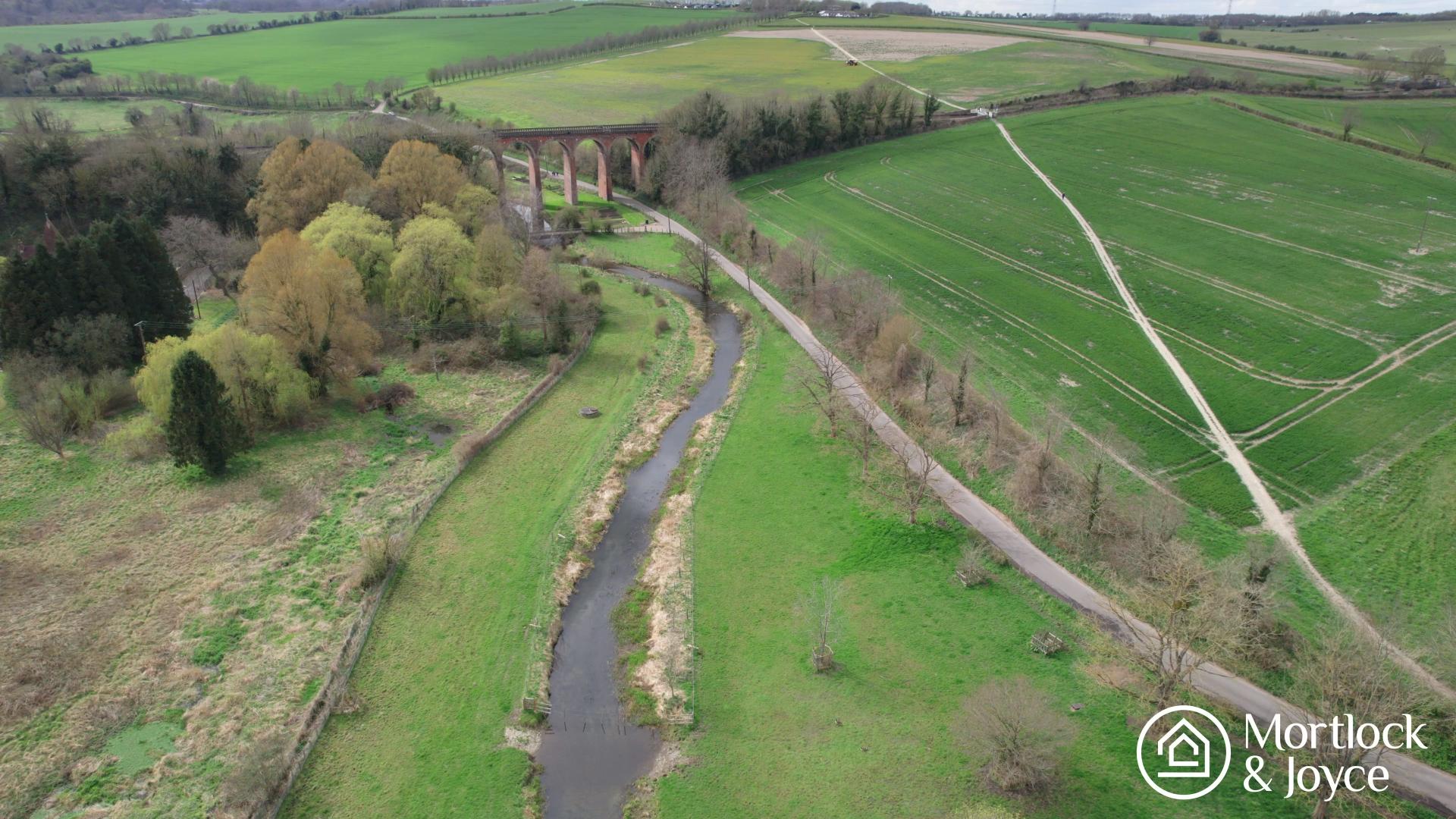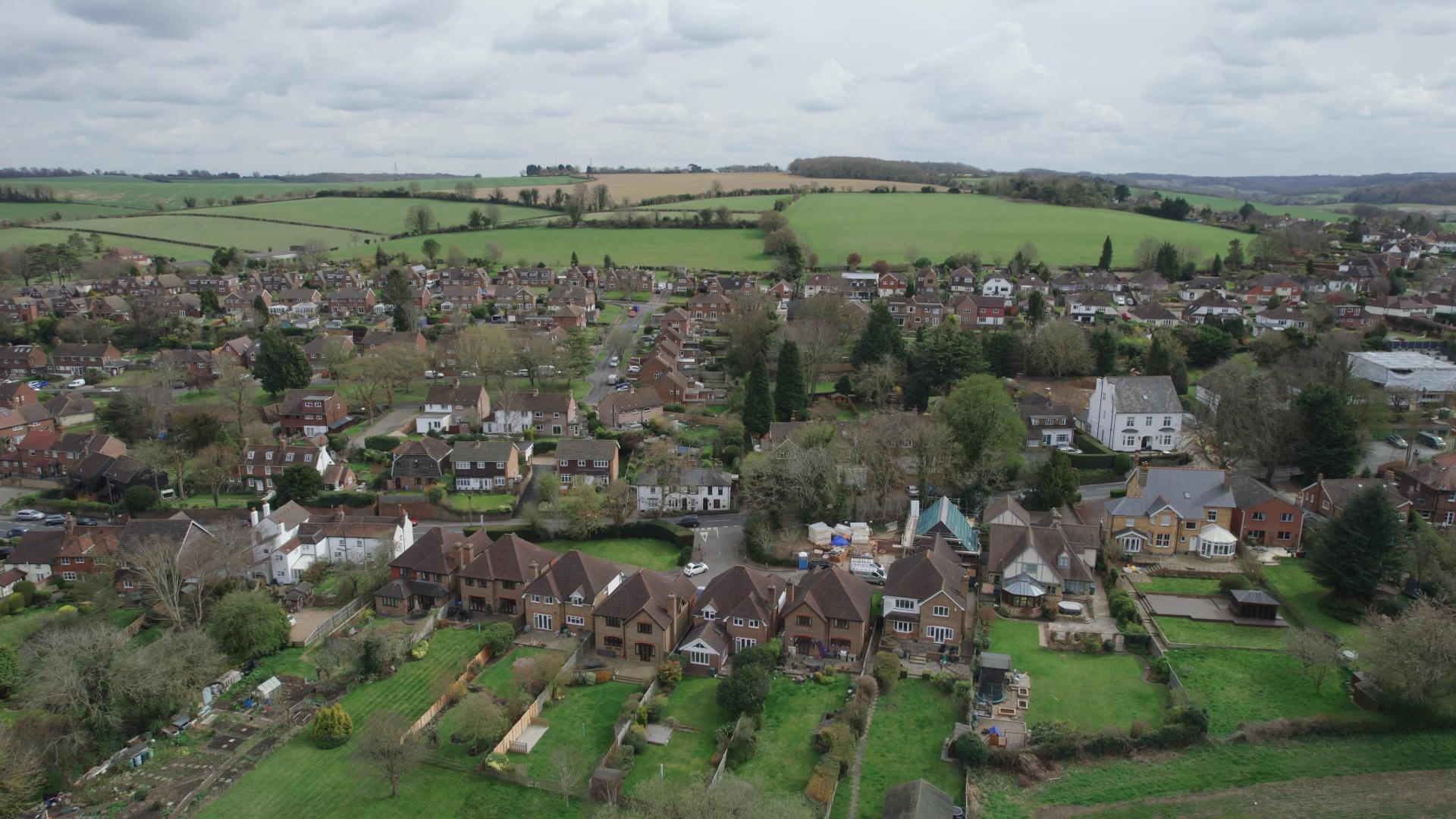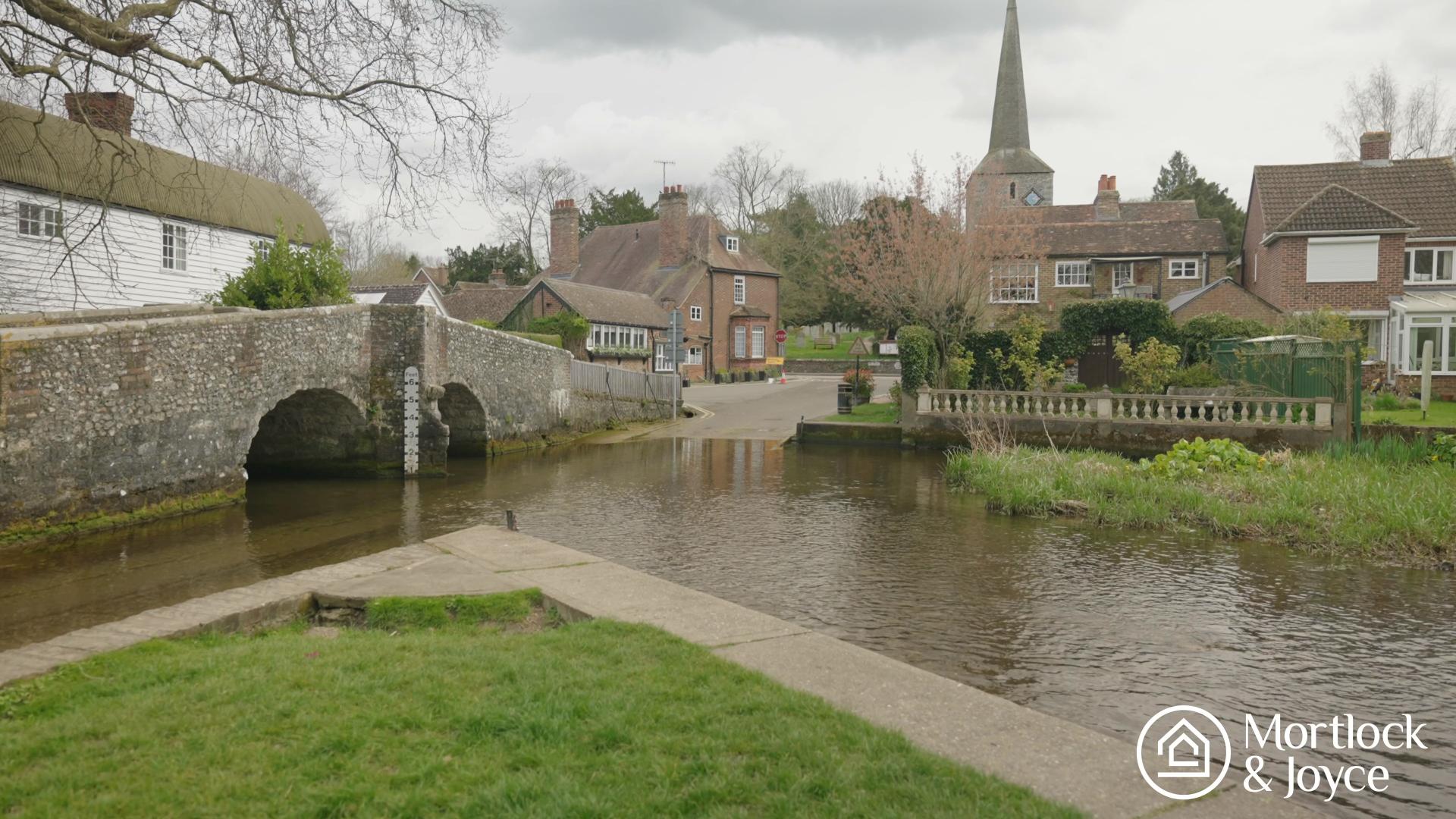Estate agents in Eynsford
If you’re looking for somewhere semi-rural that has plenty of woodlands, full of cozy dog-friendly gastropubs but is still well connected to Central London and offers good schooling options, then look no further. DA4 is formed by five beautiful villages: Eynsford, Farningham, Horton Kirby, Sutton at Hone and South Darenth.
Schools
For families, there are plenty of schooling options that are good-rated; Anthony Roper Pre-school (Eynsford), Horton Kirby Church of England Primary (Sutton at Hone), High Firms Primary (Swanley) and Downsview Community Primary School (Swanley).
A big attraction to the area is that it’s still commutable to some great grammar schools. In fact, at the time of writing this, Dartford Grammar Girls, Dartford Grammar boys and Weald Grammar are ranked #6, #39 & #18 in the country. Additionally, you could consider Wilmington Grammar, which is another great option.
Travel
Horton Kirby, South Darenth and Sutton at Hone are all serviced by Farningham Road station.
Eynsford has its own train station.
Farningham is a short drive to Farningham Road station.
Parks
It’s hard to know where to start, but here are our two favorites.
Lullingstone Country Park, in Eynsford, set on 460 acres and with there is plenty to do for both adults and children. There are dog-friendly hiking trails taking you through ancient woodland and even designated areas to ride the horse. There are various other facilities like an 18-hole golf course, café, shop, and restrooms.
Farningham Nature Reserve doesn’t get mentioned enough. It was opened by Sir David Attenborough in 1986 and it’s somewhere I think that often gets forgotten about as it’s located at the end of an unmade road - Calfstock Lane, Farningham. Whilst it does have a relatively small car park, I take Cooper there regularly and find it to be quiet and across the 168 acres of woodland it has some incredible views.
Culture
If you’re looking for some history, then check out Lullingstone Roman village, which is an English heritage site featuring spectacular mosaics and rare roman wall paintings. You can visit the nearby Lullingstone Castle & World Garden, with its amazing architecture and beautiful selection of plants & flowers from all over the world. For children the discovery trail includes a zip wire and various other activities.
Places we love to visit locally
Riverside Tearoom. They describe themselves as Eynsford’s little pocket of happiness, and we would be inclined to agree. Here you can enjoy home-made food, sample some of the finest hand-filtered coffees and specialty teas whilst overlooking the village ford.
The Castle Hotel. Located in the heart of Eynsford, the Castle Hotel has a nice, relaxed atmosphere and a beautiful floral display inside. The pub is divided up into seven rooms, so lends itself to a relaxing bar area that serves ales, beers, cocktails but it also has plenty of space to dine, which we would highly recommend as our experience eating here has been superb.
The Bull. Positioned in Horton Kirby, this is a brilliant traditional English country pub, serving classic food, has great views from the garden and is a favourite with the locals and their four-legged friends.
The Mount Vineyard is found in Shoreham, Sevenoaks and is more than just a vineyard. Whilst you can arrange an evening wine tasting, The Courtyard is a restaurant and bar with a fully retractable roof and bi-folding doors, perfect for the summer. They also run various events/functions, including an outdoor cinema, which we have enjoyed going to.
History
The river Darent runs through the villages, going past the castle and the ruined Roman villa at Lullingstone, then by Eynsford, Farningham, Horton Kirby, South Darenth, Sutton-at-Hone, Darenth, and eventually to Dartford.
Eynsford Castle is a ruined medieval fortification in, you guessed it, Eynsford. It was built on the site of an earlier Anglo-Saxon stone burh, the castle was thought to have been constructed sometime between 1085 and 1087 by William de Enysford, to protect the lands of Lanfranc, the Archbishop of Canterbury, from Odo, the Bishop of Bayeux. The castle was later the subject of a highly disputed inheritance, which ended in one of the claimants ransacking and vandalizing it. The castle was never reoccupied and fell into ruins, and in the 18th century it was used to hold hunting kennels and stables. The ruins began to be restored after 1897, work intensifying after 1948 when the Ministry of Works took over the running of the castle. In the 21st century, Eynsford Castle is managed by English Heritage and is open to visitors.
Farningham is believed to be home to Neolithic history. Flint and other tools have been discovered and can now be found in the Dartford Museum. The Romans occupied the general area after their invasion in the 1st century AD and, along with large evidence of habitation down the road in Lullingstone. Three farmhouses and three villas have been unearthed. It is said Charles Dickens was a visitor for the trout fishing that Darent provided.
Sutton-at-Hone has a long history. A division of the Knights Hospitallers of the Order of Saint John of Jerusalem was established in Sutton-at-Hone in 1199, and is now the National Trust property St John's Jerusalem. The property is partly open to the public, including the 13th-century chapel of the Knights Hospitallers and a garden moated by the River Darent. The church of St John the Baptist was in existence by 1077. It was rebuilt in the 14th century, and substantially rebuilt after a fire in 1615, reputedly caused by a gun being fired at a bird. The parish of Sutton at Hone belonged to Axstane Hundred and its successor Dartford Rural District. The chapelry of Swanley in the parish was formed into a separate parish of Swanley in 1955.
Horton Kirby is a village of great antiquity, containing Roman remains, Saxon burial grounds, and the remains of a Norman castle now incorporated into the farmhouse of Court Lodge Farm (itself of mainly eighteenth-century construction).
The village history of South Darenth is relatively recent as it was developed around the Horton Kirby mill, originally built in 1820 by Henry Hall. Before the mill there were only a few farms and some small cottages for workers, as well as a forge. The mill was at first a flour mill, which employed a handful of local people.
Images of Eynsford




Other nearby areas
We're not just estate agents in Eynsford, we also cover:





